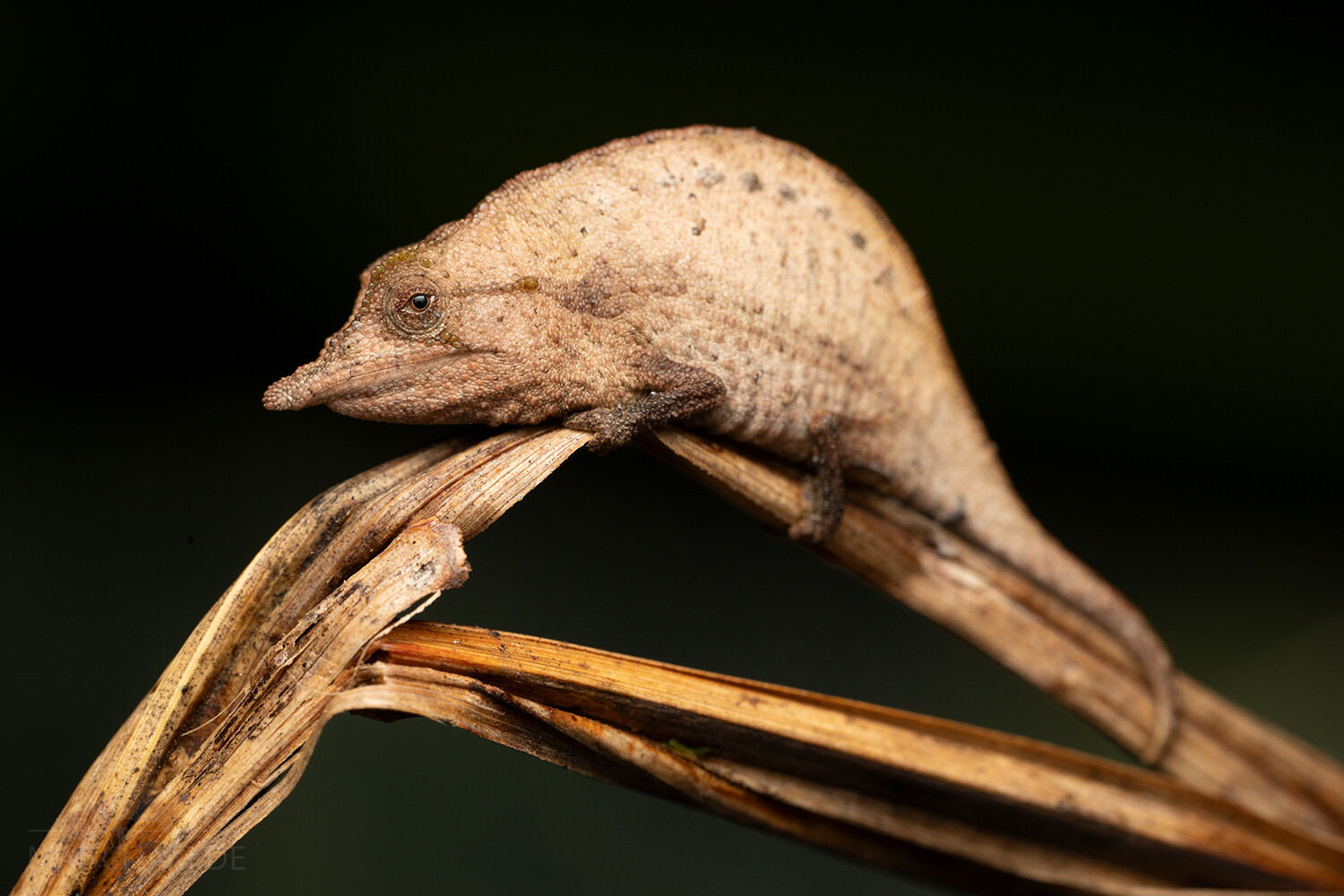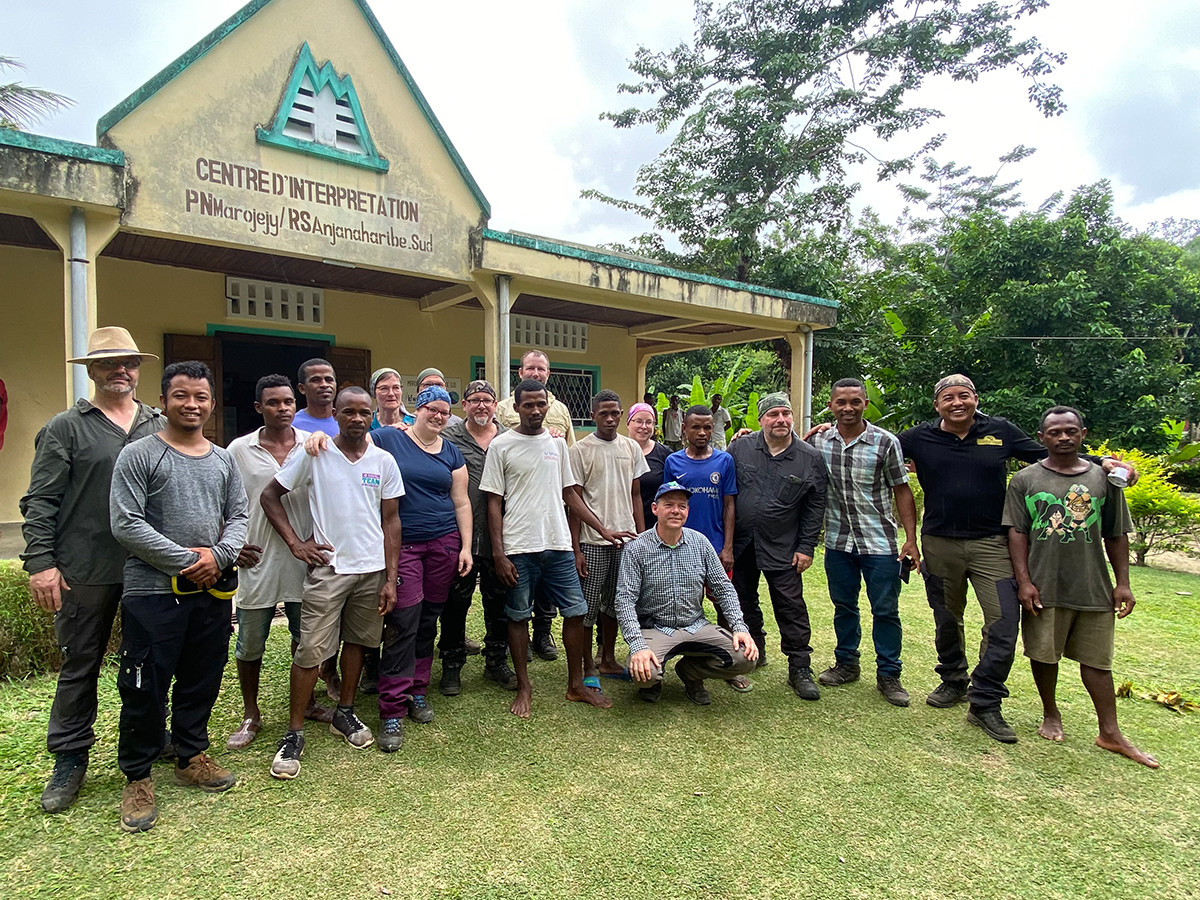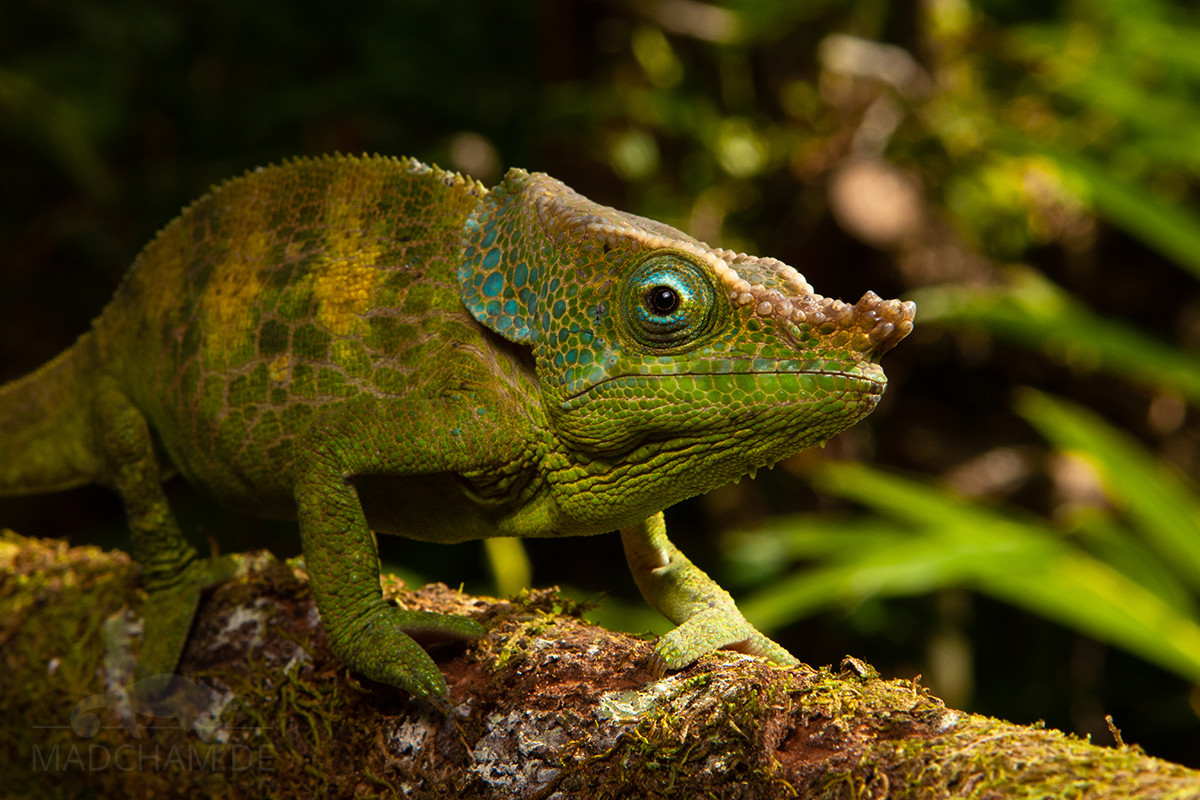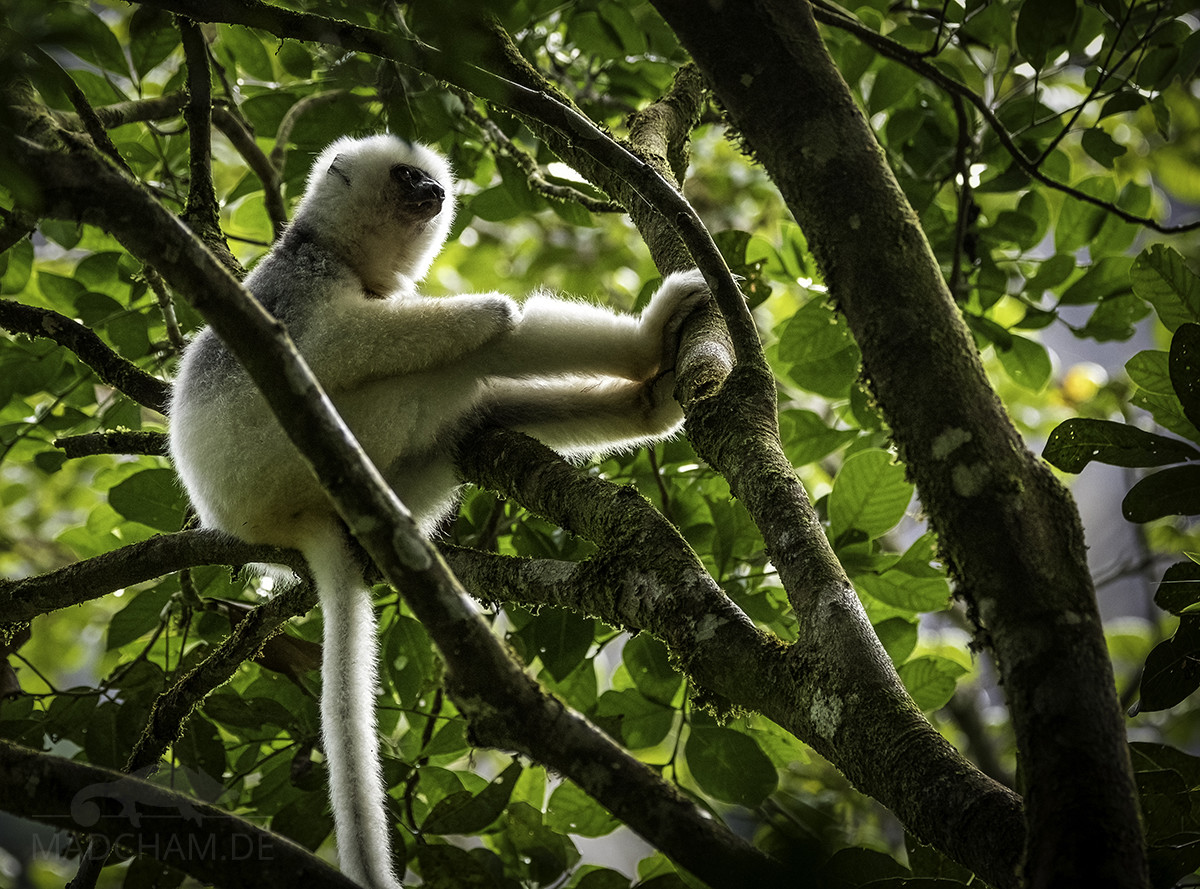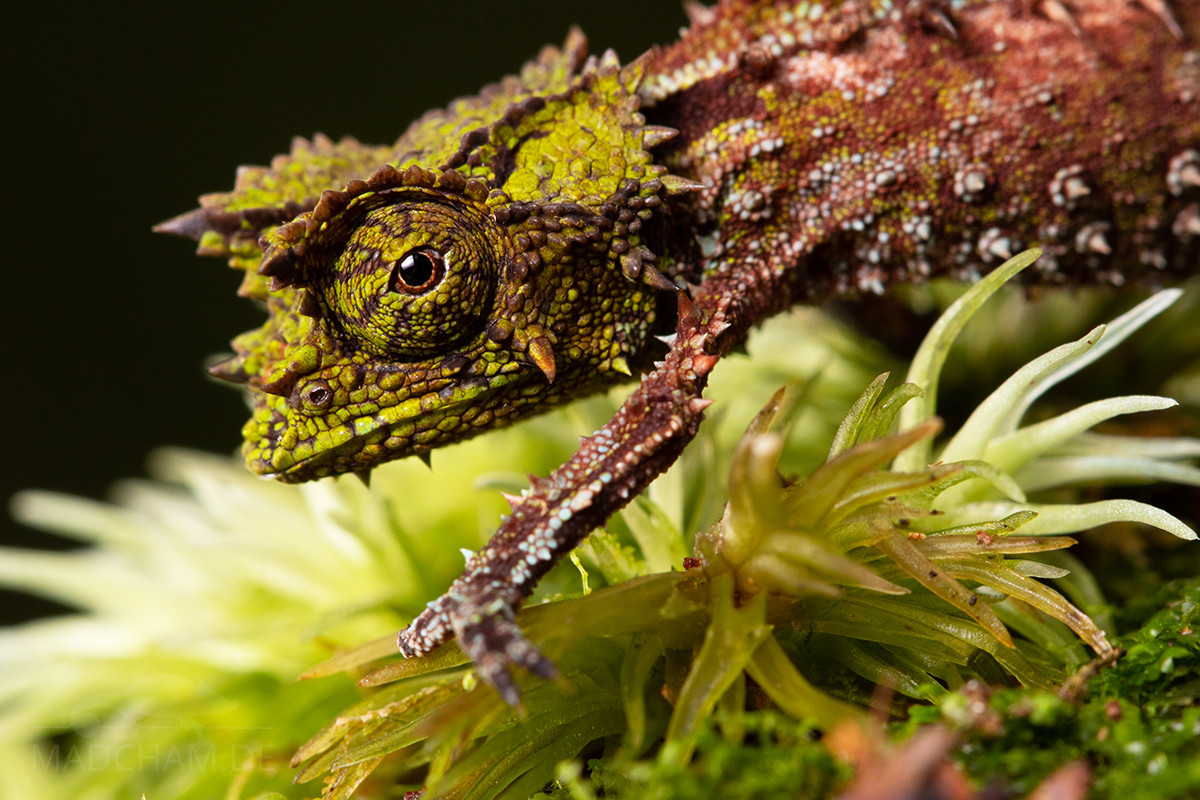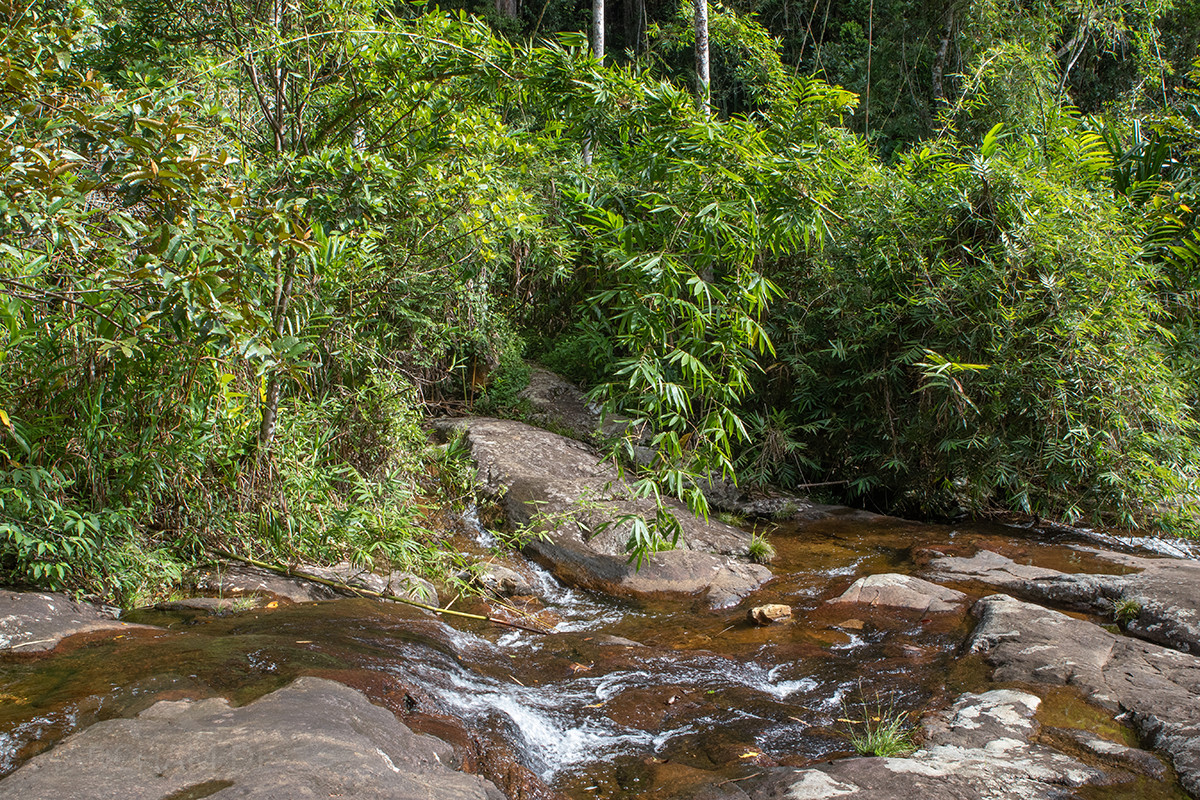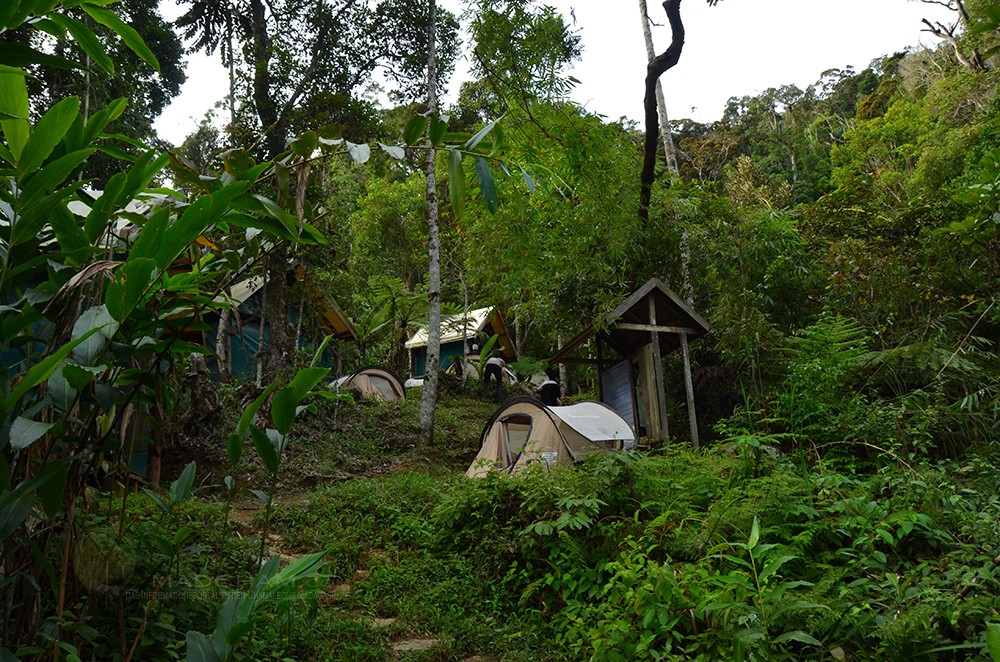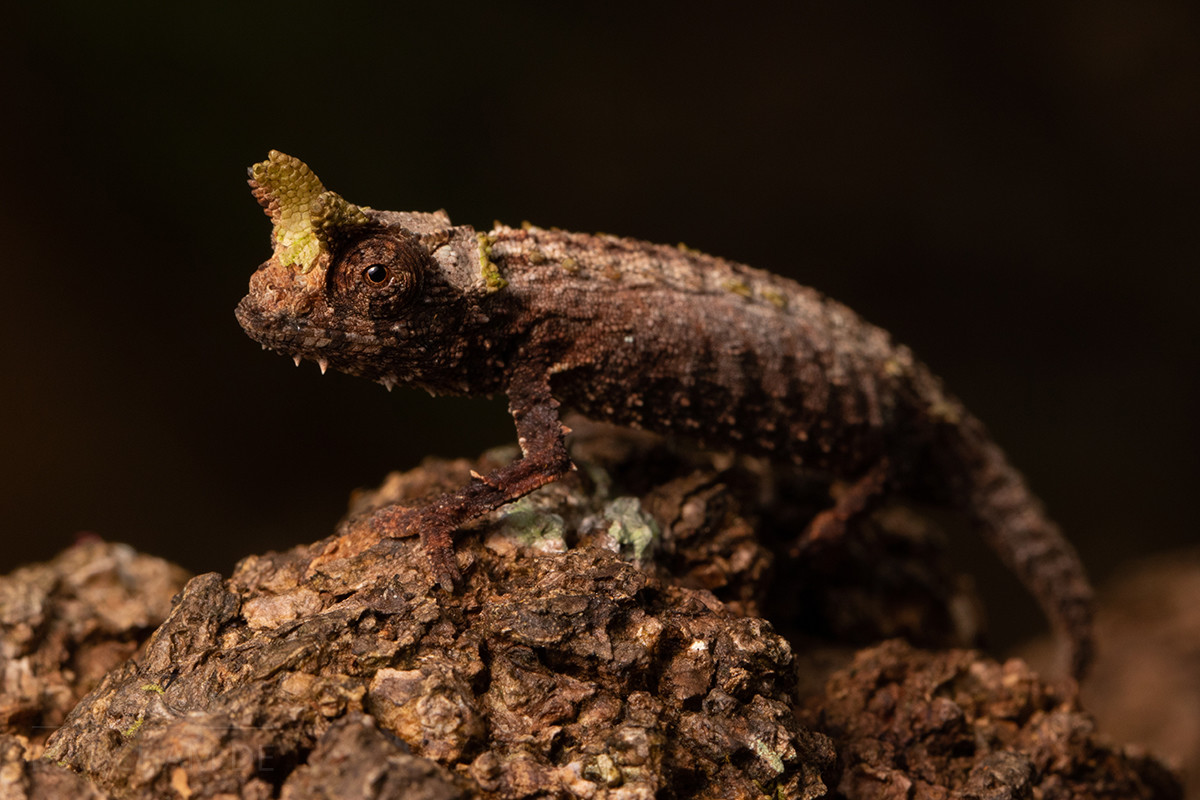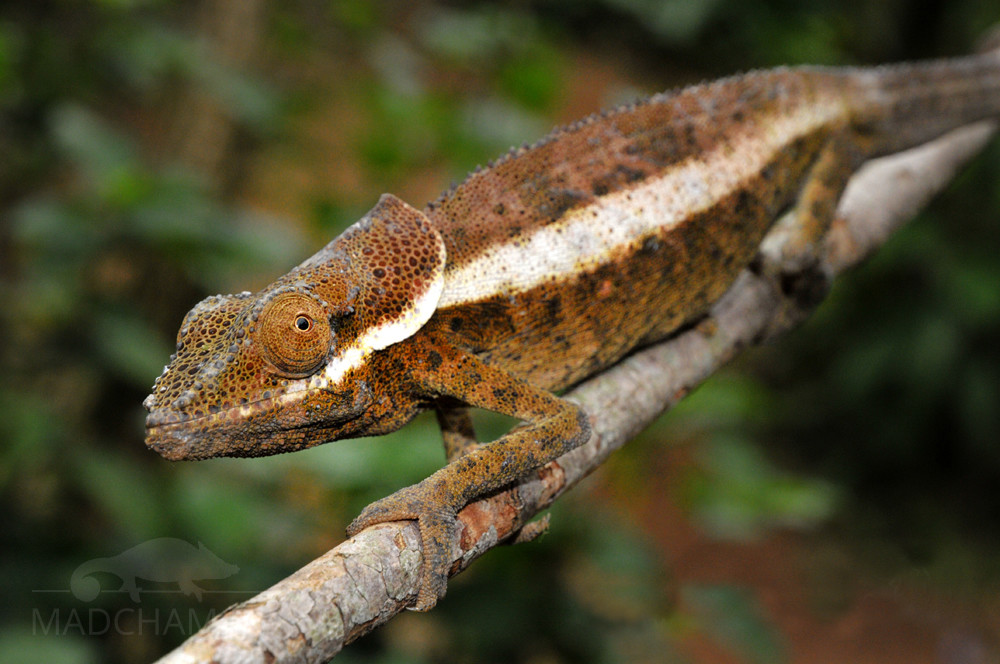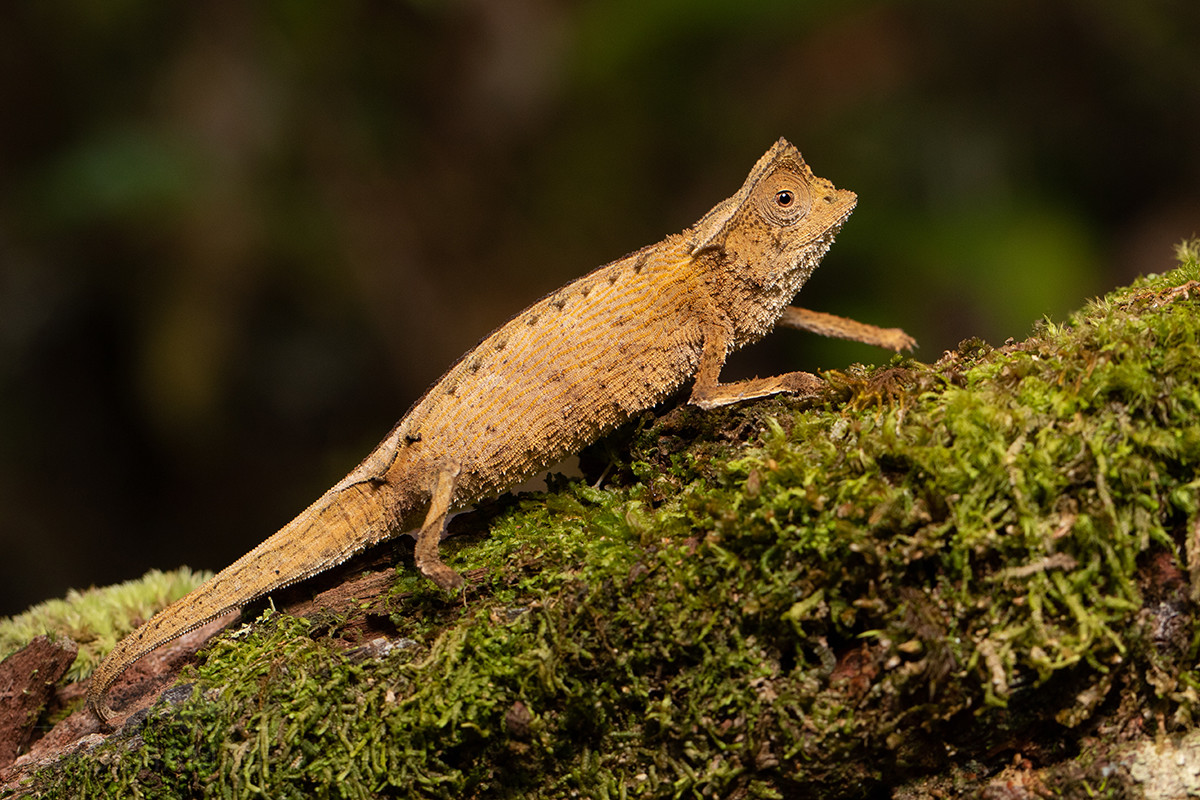Palleon lolontany
First description: Raxworthy & Nussbaum, 1995 Origin of the species name: Christopher J. Raxworthy from the American Museum of Natural History, New York (USA) and Ronald A. Nussbaum from the University of Michigan, Ann...
Expedition Blog Day 7: Marojejy
A new day in Marojejy. After having been very lucky with the weather for several days in a row, it is raining on and off today. This means that we can’t go on very...
Expedition Blog Day 6: Marojejy
Exceptionally, today is devoted not only to reptiles but to very special mammals. In the rainforest of Marojejy live the last silky sifakas. They are among the most threatened primates in the world. If...
Expedition Blog Day 5: Marojejy
Another day in Marojejy and this time we go deeper into the forest again: On the very steep, hard way to Camp Simpona very special little jewels can be found. And the day is...
Expedition Blog Day 4: Marojejy
On the first full day in Marojejy, we take it a little slower. There are many animals to be found in the immediate vicinity of the camp, including chameleons, geckos, frogs, and a lot...
Expedition Blog Day 3: Sambava – Marojejy
Here we go at last! We start by bus from Sambava to Manantenina, about 65 km away, where the Marojejy Park Office is located. From there we walk through a wide savannah to Mandena,...
Brookesia betschi
First description: Brygoo, Blanc & Domergue, 1970 Origin of the species name: Édouard-Raoul Brygoo, Charles Pierre Blanc and Charles Antoine Domergue of the then Institut Pasteur in Antananarivo, Madagascar dedicated the species to Jean-Marie...
Calumma cucullatum
First description: (Gray, 1831) Origin of the species name: The English zoologist John Edward Gray was very brief in his description of this chameleon species: it consists of just keywords instead of a coherent...
Brookesia griveaudi
First description: Brygoo, Blanc & Domergue, 1974 Origin of the species name: Édouard-Raoul Brygoo (later working at the Natural History Museum in Paris, France), Charles Pierre Blanc and Charles Antoine Domergue from the then...

